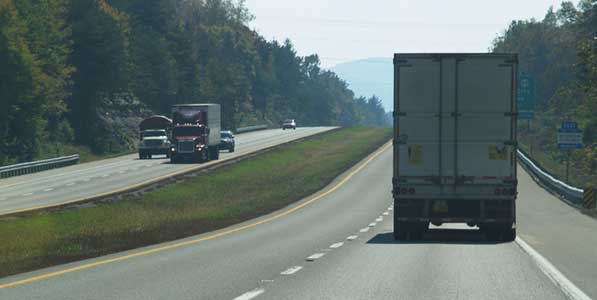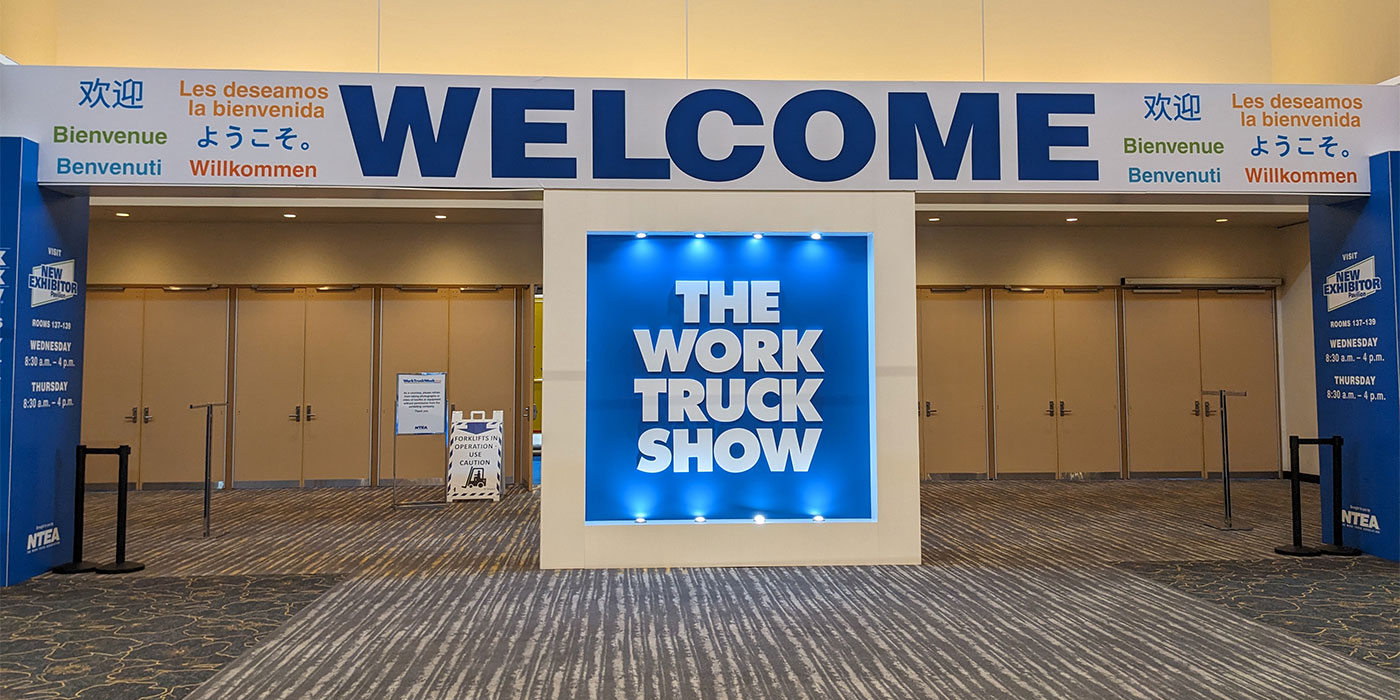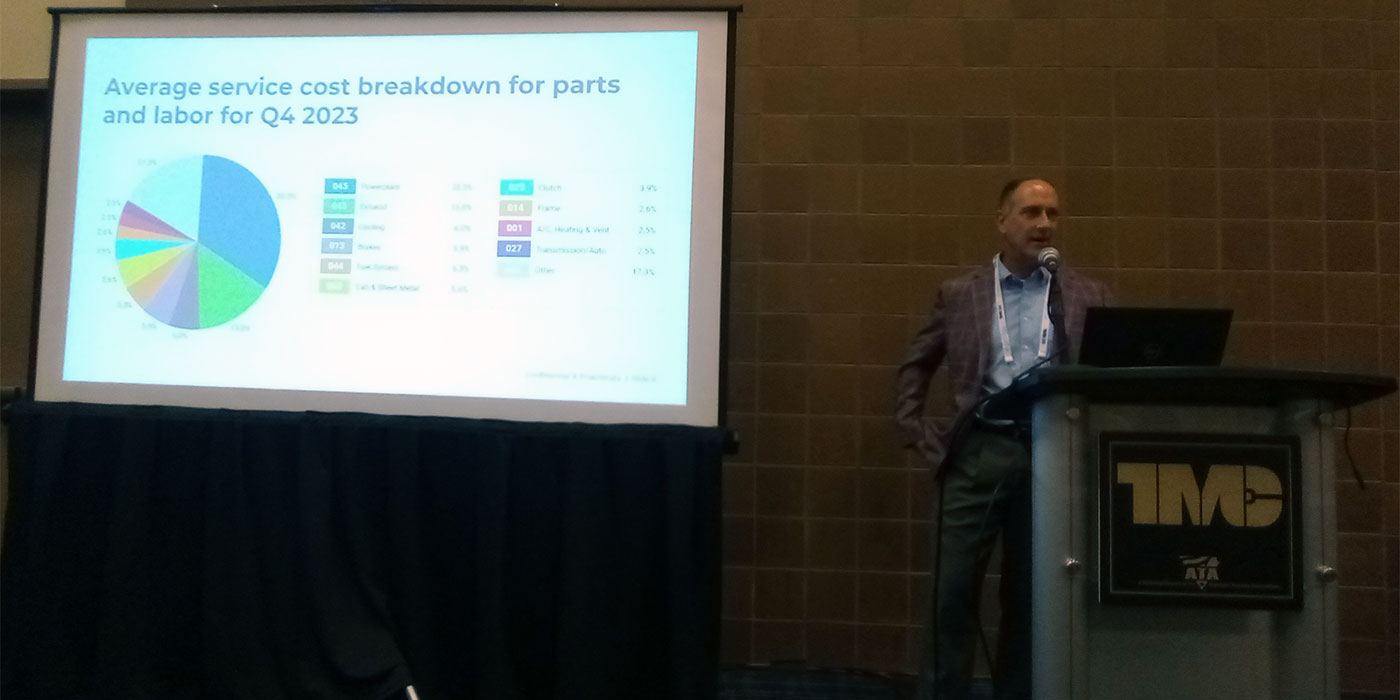With the continued integration of more technologies into automated commercial vehicle safety systems, steering gear maintenance is an often neglected, yet key element in the effective operation of advanced driver assistance systems (ADAS). This installment of the Bendix Tech Tips series focuses on inspection, maintenance, and installation of steering gears, which provide hydraulic power assist when the driver turns the steering wheel.
“Now that steering gears are evolving to provide lateral ADAS control through features like Lane Keeping Assist and Lane Centering, it’s even more important to driver and vehicle safety that they’re kept in good operating condition,” said Jonathon Gerke, Bendix product manager – Steering.
Begin with the basics
The most common steering gear location is on the steer axle’s left-side frame rail, although vehicles with large front axle ratings – such as vocational or high-load applications – may have two gears, one mounted on each side. Regular visual inspection should include the steering reservoir and fluid level, plus checking hoses for weathering or cracks and keeping an eye out for fluid leaks.
“You’ll also want to ensure that bolts are securely torqued across the system – the Pitman arms, drag links, even the tie rods,” said Mike Bolen, Bendix product manager – Reman Steering. “Check those connections to make sure nothing is loose. And it’s important to know the recommended steering fluid life, as well as the replacement schedule for the filters on the system that protect the steering gear by keeping the fluid clean.”
Another important observable factor is one key difference between the two most popular steering gears in North America: the presence of an external grease fitting on the output shaft. Technicians need to be able to recognize the difference and understand if it’s a “lube-for-life” gear or one requiring manual grease application.
Additionally, never use a high-pressure wash to clean the steering gear, as this can compromise the seals and create leak paths.
Gather the facts
How do you spot steering gear troubles? From the outside, leaks or cracked hoses will be the giveaway. For a driver in the cab, the usual first sign is that the vehicle will be harder to steer, or the steering feels “sloppy.”
The first step in tackling the problem is identifying what gear is on the truck.
“There are currently two major gear providers to the North American market, and it’s relatively easy to tell them apart by looking at how the Pitman arm connects to the output shaft,” Bolen explains. “If there’s a retaining nut at the connection, that’s a Sheppard gear; if it’s a pinch bolt connection, it’s a TRW/ZF gear. In either case, you’ll be able to find more specific component information stamped on the gear.”
Next, determine whether the issue lies in the steering gear or the steering pump – the two main steering gearbox components. This is most efficiently done using a Power Steering System Analyzer (PSSA). A combination flow and pressure gauge all in one, the PSSA guides a technician through a set of procedures to determine whether the problem is in the gear or the pump – and that matters to the bottom line.
“One of the biggest problems is that people will start replacing parts without knowing which is malfunctioning,” Gerke said. “They tend to start with the pump, because it’s cheaper, although if the gear is easier to access, they’ll start there. In any case, if they’re wrong, now they’re out the time and cost of that repair, and they still have to replace the other part.”
Installation done right
There are two things that typically go wrong in installation. One is a failure to get the air out of the gear, which will lead to hard steering in one direction. If steering is difficult in both directions after installation, it’s usually the second problem, which is an incorrectly set poppet.
“The poppet is an internal unloading valve inside the gear so you don’t build pressure against the axle stops, which causes unnecessary loads across the entire steering linkage,” Gerke noted. “It’s important not to rotate the steering gear input or output shaft until it’s installed on the truck and connected to the linkage with the wheels straight.”
Technicians must also check that the axle stops are properly set so that the poppet valves are timed correctly. This provides clearance between the front tire and other components such as the frame rail, allowing free angular movement of the tire. And again, verify that all fasteners are securely torqued across the system.
“Steering gears haven’t traditionally been considered part of a truck’s safety systems, but the more advanced and integrated these technologies become, the more vital it is to equip technicians and fleets with the knowledge and support to keep vehicles running smoothly and safely,” said Gerke. “For example, we’re now incorporating steering-related courses into the Bendix On-Line Brake School curriculum at brake-school.com and adding information to our in-person training sessions across the country.”














